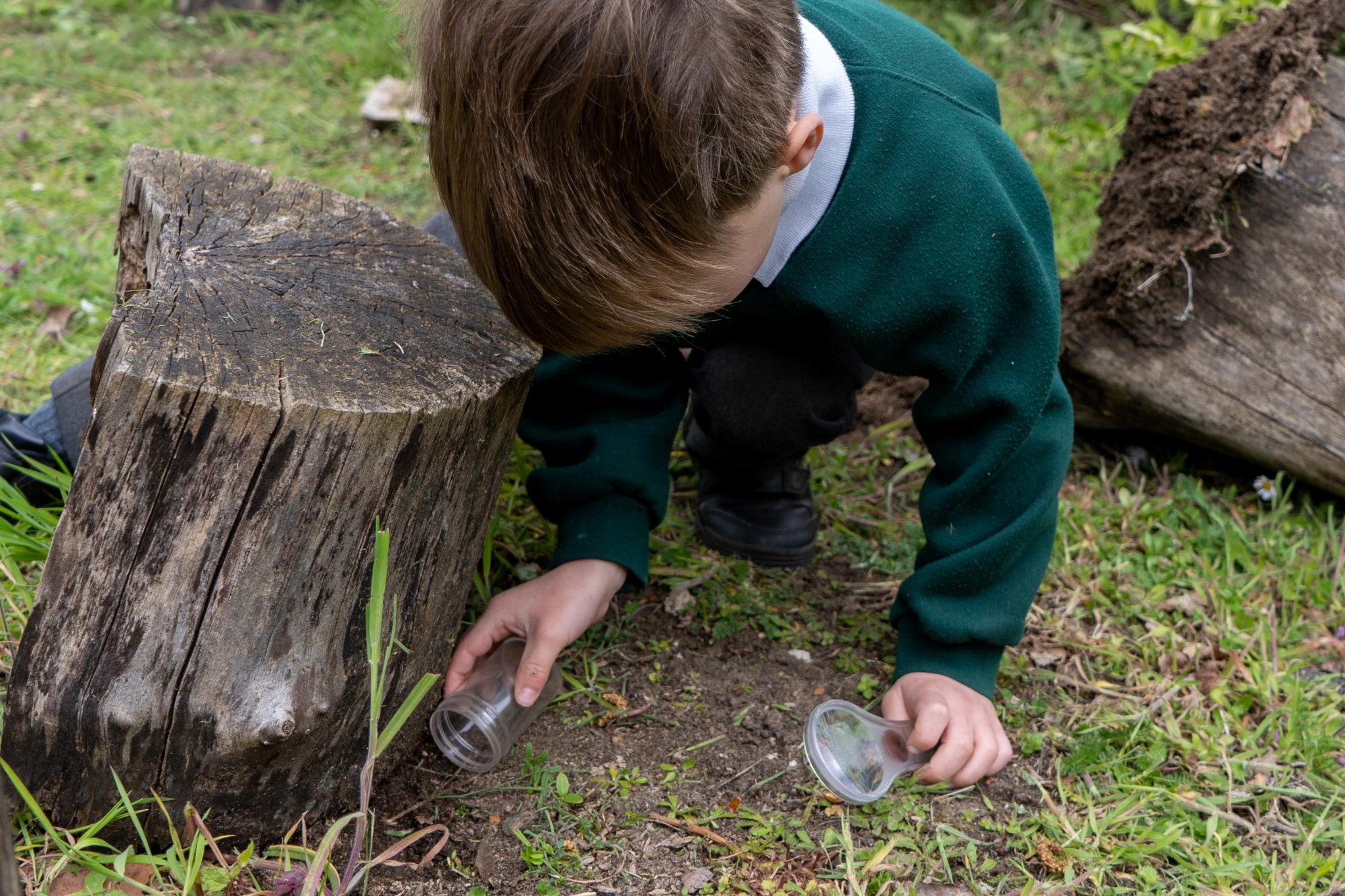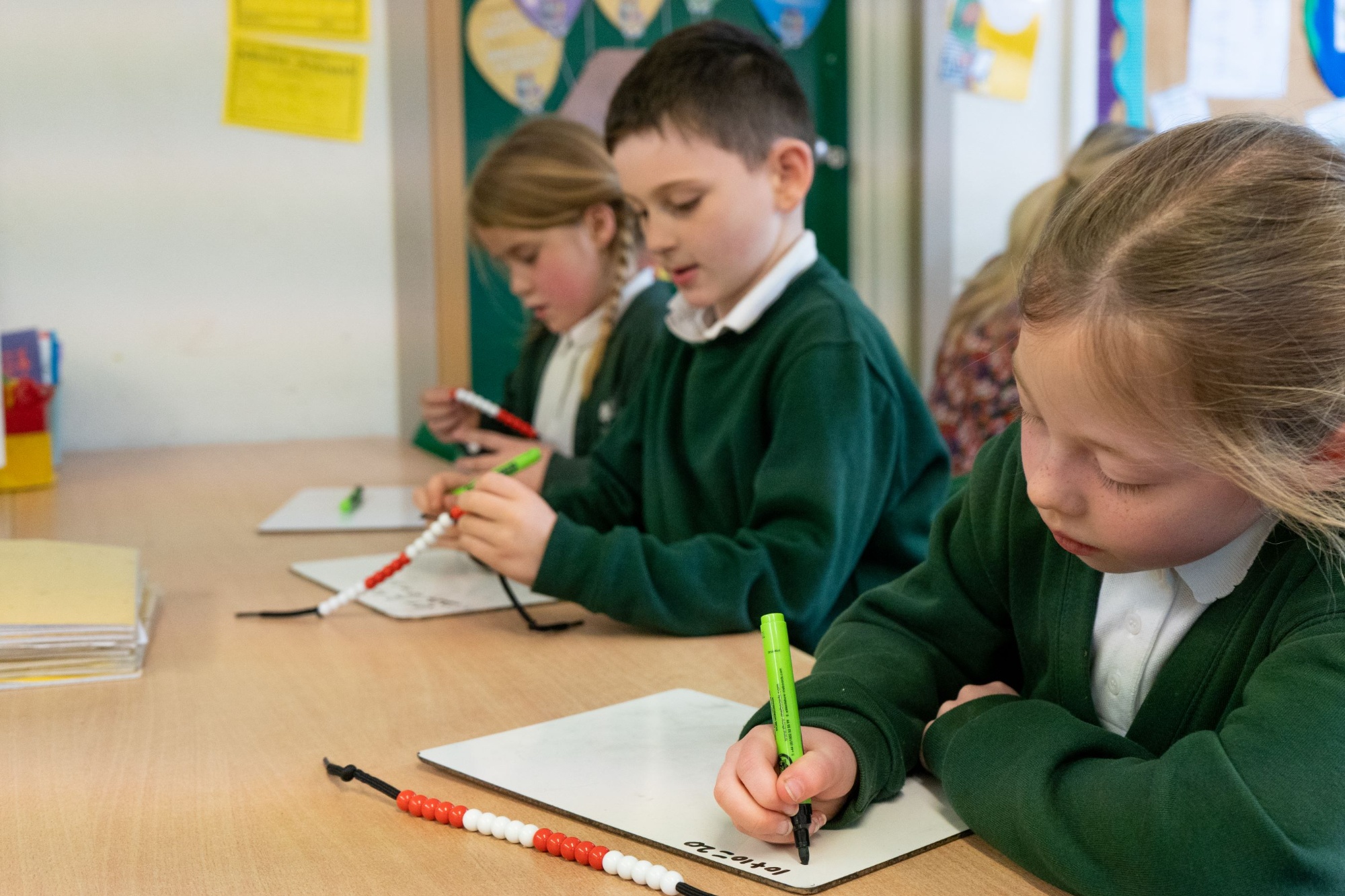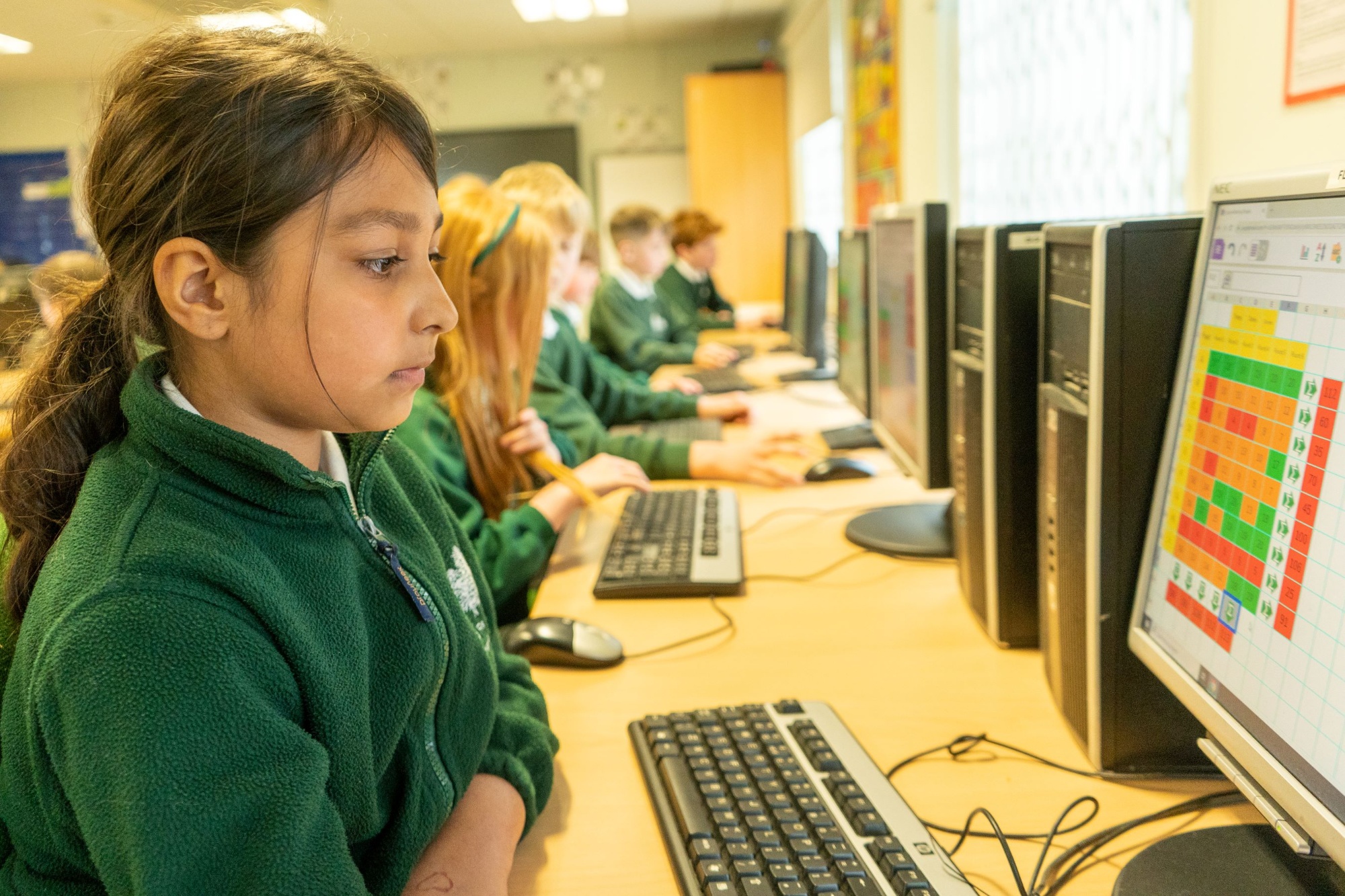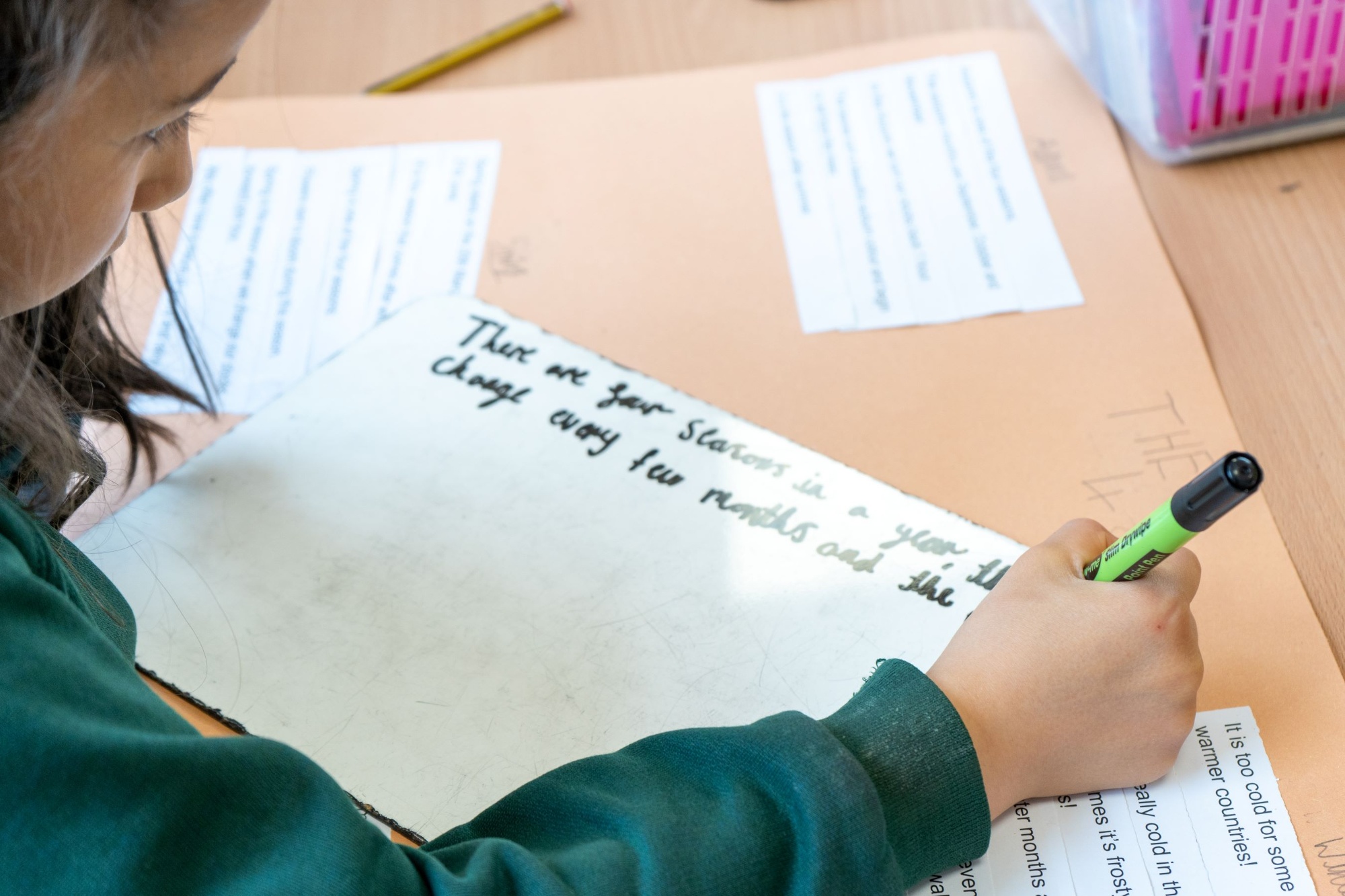Design Technology
Intent
Curriculum design at The Firs
In deciding on the intent behind the design of our curriculum it is our vision and values that are the starting point. See The Firs’ Curriculum Policy.
The key drivers behind the makeup of our curriculum are:
-
What we wanted to develop in a ‘Firs’ Mindset’ (which we defined as the values and approaches to life we wanted our children to live by and hold to).
-
The knowledge and skills we wished to develop in addition to those set out in the National Curriculum.
-
Any gaps in children’s knowledge, skills or awareness that we perceived, associated with the context of our local environment, location or general pupil characteristics.
-
Our understanding of what ‘Cultural Capital’ meant to us at The Firs and in each year group, how we could give children the chance to experience it.
All of the thinking behind these key drivers are set out in The Firs Scheme of Work.
We decided on an additional programme of learning, organised into a number of strands, that would complement the content from the National Curriculum. We have called these additional strands ‘The Firs’ Themes’.
The Design Technology Curriculum at The Firs
The following statement very accurately captures the importance of design technology in terms of the vital contribution it makes to the delivery of a broad and balanced curriculum:
“Design and technology is an inspiring, rigorous and practical subject. Using creativity and imagination, pupils design and make products that solve real and relevant problems within a variety of contexts, considering their own and others’ needs, wants and values. They acquire a broad range of subject knowledge and draw on disciplines such as mathematics, science, engineering, computing and art. Pupils learn how to take risks, becoming resourceful, innovative, enterprising and capable citizens. Through the evaluation of past and present design and technology, they develop a critical understanding of its impact on daily life and the wider world. High-quality design and technology education makes an essential contribution to the creativity, culture, wealth and well-being of the nation.” (National Curriculum 2014)
Design and Technology involves the application of knowledge and skills when designing and making products and helps to prepare children for the developing world.
The activities undertaken will enable our children to consider the needs of individuals and of society. The subject encourages children to use a range of materials and processes and to become creative problem-solvers, both as individuals and as part of a team.
We aim to ensure that the activities undertaken will impact on the children’s local environment and support them in the wider world to become discriminating and informed consumers and potential innovators. It should assist children in developing a greater awareness and understanding of how everyday products are designed and made.
In the Early Years, pupils will experiment to create different textures and to manipulate materials to achieve a planned effect. They will construct with a purpose in mind, using a variety of resources and simple tools and techniques competently and appropriately.
During Key Stage 1, pupils will learn how to think imaginatively and talk about what they like and dislike when designing and making. They will build on their early childhood experiences of investigating objects around them. They will explore how familiar things work and talk about, draw and model their ideas. They will learn how to design and construct objects safely.
During Key Stage 2, pupils will work on their own and as part of a team at a range of designing and making activities. They think about what products are used for and the needs of the people who use them. They plan what has to be done and identify what works well and what could be improved in their own and other people’s designs.
Teaching will ensure that the specific expectations of ‘knowledge and understanding’ are applied when ‘developing ideas’, ‘planning’, ‘making products’ and ‘evaluating’ them.
Aims:
-
To develop imaginative thinking in children and to enable them to talk about what they like and dislike when designing and making.
-
To foster enjoyment, satisfaction and purpose in designing and making.
-
To provide structured and appropriately-differentiated activities, which develop a breadth of experience and progression in skills. (Where possible, these will relate to the interests and everyday experiences of our pupils.)
-
To develop knowledge and to teach skills in order to assist in the design and making of products successfully.
-
To develop the children’s knowledge of tools and to encourage children to select appropriate tools and techniques for making a product, whilst following safe procedures.
-
To help children become aware of and to investigate simple products through disassembly and evaluation.
-
To provide adequate time frames, access to information, skills and resources, in order to develop an effective, useful and appropriate end-product.
-
To enable children to talk about how things work, and to draw and model their ideas.
-
To develop children’s abilities to evaluate their designs and products and suggest improvements.
-
To provide equal opportunities for access to tools and skills and to develop the qualities, aptitudes and skills of children.
We create meaningful cross curricular links in order to strengthen pupil’s understanding and knowledge. For example Year 3 create moving dragons using pneumatics which links with the key ‘dragons’ topic in literacy.
We aim to develop SMSC through our design technology curriculum by:
-
Social: children are encouraged to work in groups during the design process and to give constructive feedback on design proposals created by their peers. As part of this process children learn the skills of cooperating successfully in groups and the need for positivity and tact (based on an understanding of the feelings of others) when delivering feedback.
-
Cultural: encouraging pupils to think about how the design of items reflects the culture around it, for example, children produce a design for a wrapper as part of their biscuit making project. (Year 4)
Implementation
During 2019-2020 our design technology curriculum was carefully redesigned, focussing on ensuring there was a progression in skills and knowledge from lesson to lesson and year to year. Year group objectives have been created in The Firs Scheme of Work in order to support this and to form the basis for assessment.
Children are given opportunities to construct using a range of skills and a variety of materials. The range of skills includes modelling, fastening materials together using a variety of mechanisms, food technology, assembling and disassembling models and exploring simple mechanisms such as joints, levers, gears and pneumatics. The varieties of materials include clay, textiles, foodstuffs, sheet materials, wood and the use of construction kits.
The children will always be encouraged to create designs and plan their work and to evaluate and modify it as they progress, identifying strengths and weaknesses and then adjusting their work accordingly.
Within each lesson, there is a very clear and concise learning objective (LO) with related success criteria (SC). For example, In lesson 2 of the Moving Vehicles topic Year 2 set out clear guidance regarding the learning intentions:
‘LO: Explore and construct wheels and axles.
SC: The children will be able to:
-
Discuss their ideas and thoughts using a growing technical vocabulary.
-
Explain that to allow wheels to turn around smoothly they can be attached to an axle.
-
Understand that axles are held onto the vehicle by axle holders.
-
Construct a simple, smooth running vehicle by combining chassis, wheels and axles.’
Within the lessons and more widely across the school the main areas of learning are consolidated through re-cap and reinforcement year on year where pupils progressively build their skills and knowledge and can link prior skills and knowledge to new learning to deepen their learning.
Questioning, modelling and feedback are used to support the teaching and learning process, ensure progression within every lesson and aid assessment.
Impact
In order to measure the impact of the design technology curriculum, we use a range of formative and summative assessment in all lessons such as:
-
Questioning
-
Observations/learning walks/drop ins
-
Looking at children’s work
-
Feedback from staff and children
-
Analysis of our assessment tool linked to Scheme of Work objectives/National Curriculum for each year
Assessment information is collected and analysed by the subject leader using the school design technology assessment template, for each year group, as part of our monitoring of teaching and learning. This process provides us with an understanding of the quality of education in geography as well as indicating areas for development.




